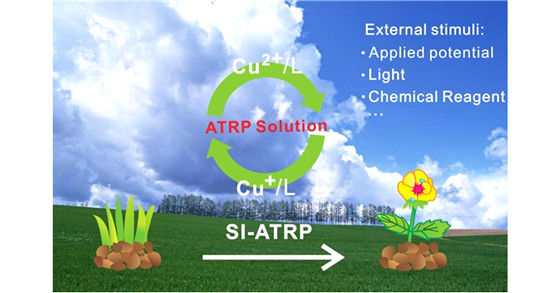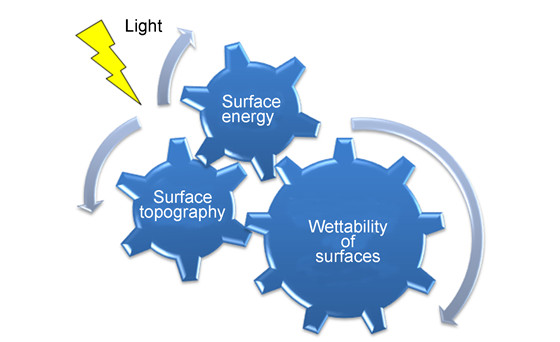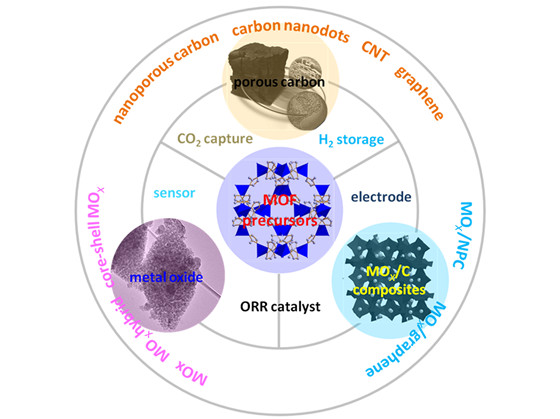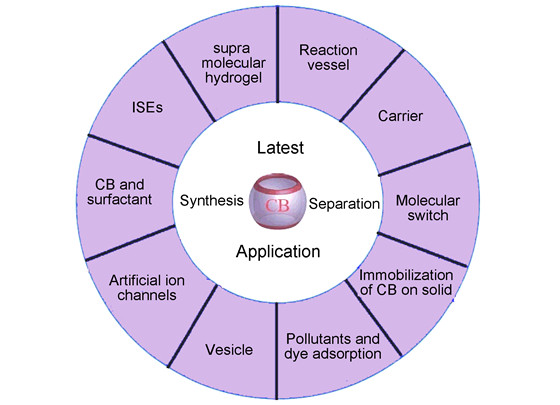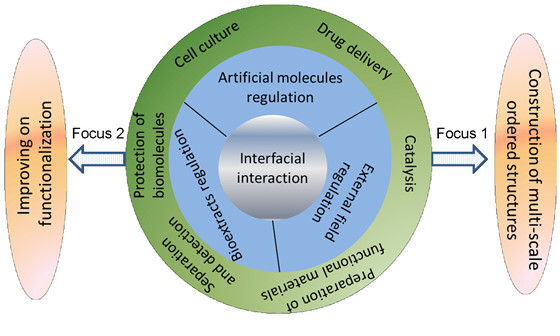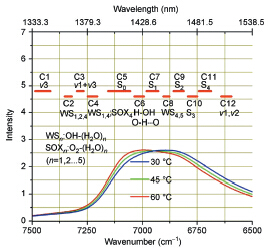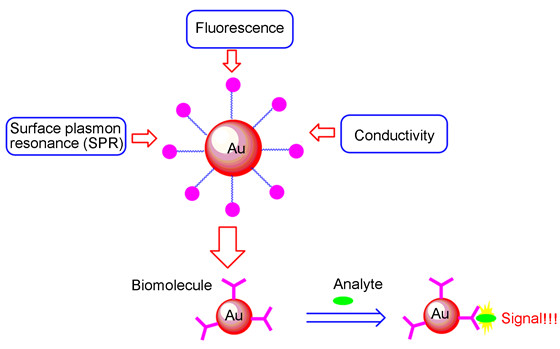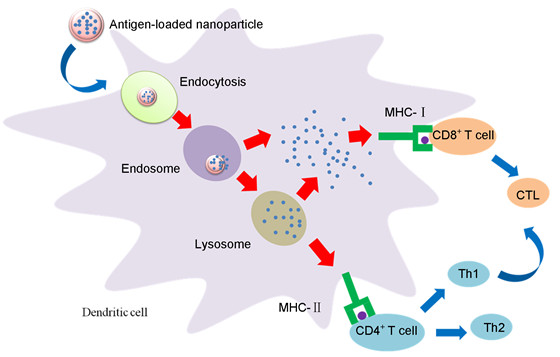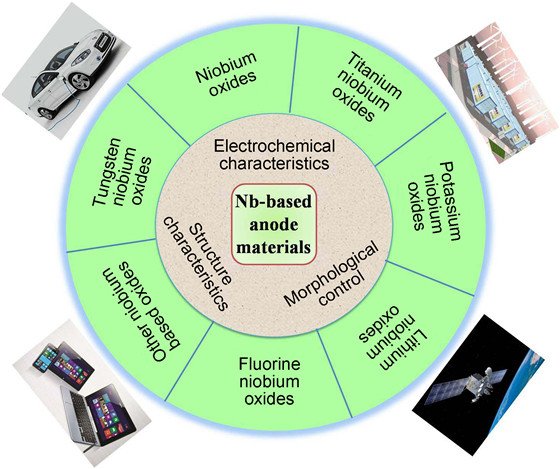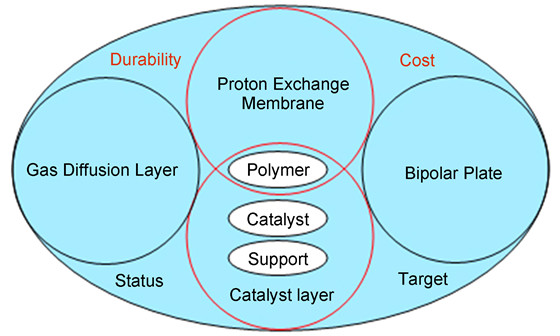Jiang Kun, Chen Yingchun. The Development of Asymmetric Trienamine Catalysis[J]. Progress in Chemistry, 2015, 27(2/3): 137-145.
A chiral amine catalyst can generate polyconjugated trienamine intermediates with polyunsaturated carbonyl compounds. As such, the electron-donating property of the amine catalyst can be transmitted along the C C bonds, raising the HOMO energy of the polyconjugated enamine systems. As a result, highly asymmetric Diels-Alder cycloaddition reactions with a variety of electron-deficient alkenes could occur at the remote β, ε- or δ, ε-positions of trienamines, which can efficiently produce a wide range of chiral cyclic substances with highly structural diversity and complexity. This catalytic strategy not only successfully realizes the direct functionalizations of carbonyl compounds at the remote ε-position, but also excellent diastereo- and enantioselectivity could be obtained even though the reactive ε-site is seven bounds away from the chiral center of amine catalyst. In this respect, this catalytic protocol is of great usefulness and importance in organic synthesis because the related compounds are hard to be prepared using the conventional methods. In the review, we summarize the discovery and the development of asymmetric trienamine catalysis over the past few years, with emphasis on the asymmetric reactions of 2, 4-dienals, various types of dienones, and aromatic compounds specifically functionalized with a carbonyl group, via trienamine, cross-conjugated trienamine or formal trienamine catalysis. In addition, the future development of chiral amines is also discussed.
Contents
1 Introduction
2 Asymmetric reactions of 2,4-dienals through trienamine catalysis
3 Asymmetric reactions of 2,4-dienals through cross-conjugated trienamine catalysis
4 Asymmetric reactions of dienones through trienamine catalysis
5 Asymmetric reactions of aromatic compounds through formal trienamine catalysis
6 Conclusion and outlook










